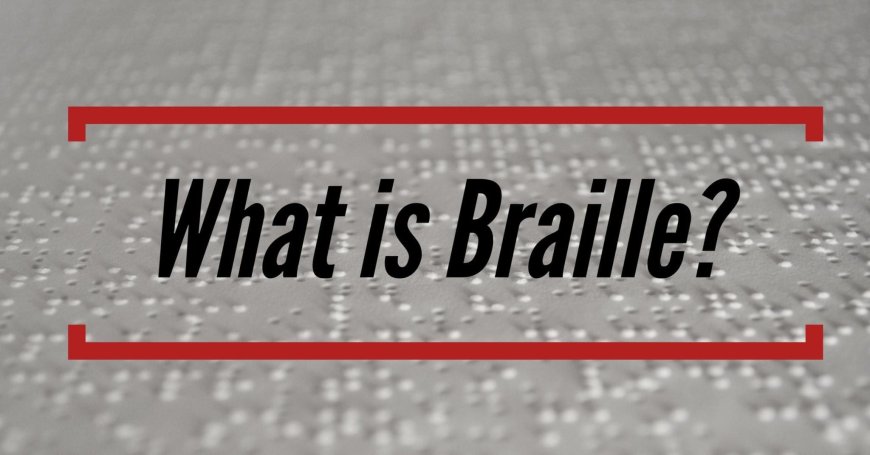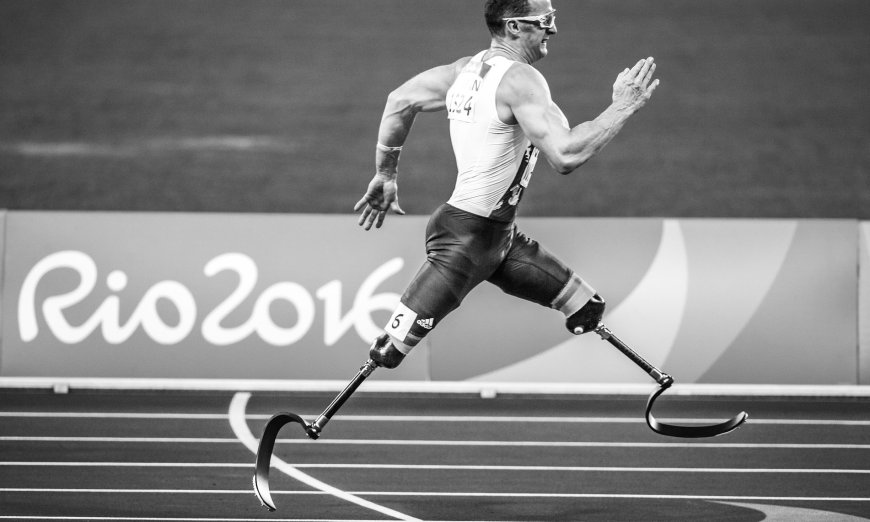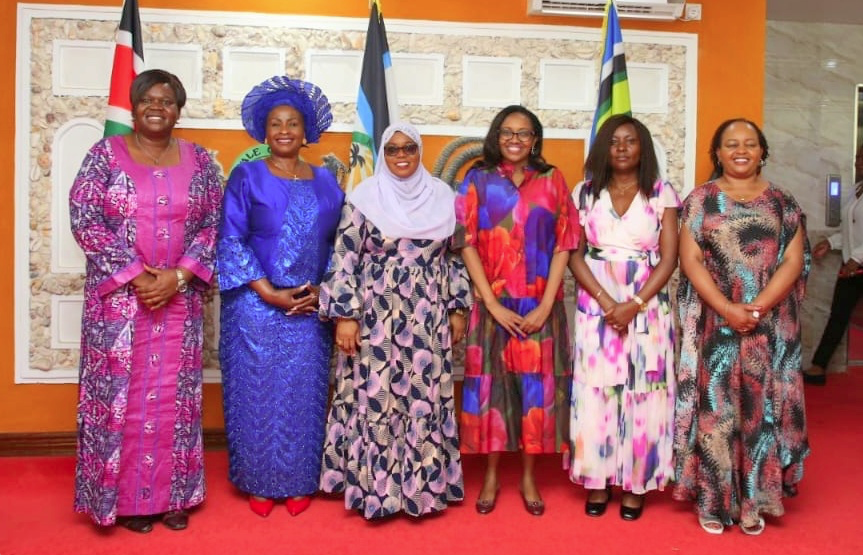In a world that is increasingly defined by technological advancement, the potential for innovation to empower individuals with disabilities is both vast and transformative. Technology has the capacity to bridge gaps, enhance independence, and enrich the quality of life for many. From assistive devices to adaptive software, let’s explore how technology is reshaping the landscape of disability, empowering individuals to navigate their lives with greater ease and confidence.
Assistive Devices: Enhancing Daily Life

Assistive devices are pivotal in enabling individuals with disabilities to perform daily tasks that might otherwise be challenging. These devices range from simple tools to sophisticated technologies designed to enhance mobility, communication, and accessibility. For example:
-
Wheelchairs and Mobility Aids: Modern wheelchairs are equipped with advanced features, such as electric motors, customizable seating, and smart technology that allows for easier navigation in various environments.
-
Hearing Aids: Innovations in hearing aid technology have led to devices that are smaller, more efficient, and capable of connecting to smartphones, allowing users to control settings and enhance their auditory experience seamlessly.
-
Prosthetics: Advances in prosthetic technology have resulted in more functional and responsive devices that can mimic natural movement, significantly improving the lives of amputees.
Adaptive Software: Bridging Communication Gaps
Software designed specifically for individuals with disabilities is another critical aspect of technological empowerment. Adaptive software can facilitate communication, learning, and productivity. Notable examples include:
-
Screen Readers: For individuals with visual impairments, screen readers convert text displayed on a screen into spoken words, allowing users to access information and navigate the digital world more effectively.
-
Speech Recognition Software: This technology enables users to control their devices through voice commands, offering a hands-free alternative for individuals with mobility challenges. Programs like Dragon NaturallySpeaking have transformed the way people with disabilities interact with technology.
-
Text-to-Speech and Speech-to-Text Tools: These applications provide essential support for individuals with dyslexia or other learning disabilities, helping them convert written text to spoken words and vice versa, thus enhancing reading and writing skills.
Innovations in Accessibility: A New Era
The landscape of technology for disability is continuously evolving, with innovations that push the boundaries of what’s possible. Some recent advancements include:
-
Smart Home Technology: Devices like smart speakers and home automation systems can be invaluable for individuals with mobility impairments. These technologies allow users to control lighting, temperature, and security systems through voice commands or mobile apps, fostering greater independence.
-
Augmented and Virtual Reality (AR/VR): AR and VR technologies are being utilized in therapy and education for individuals with disabilities. For example, VR can provide immersive experiences that help individuals with autism practice social interactions in a controlled environment.
-
Wearable Technology: Devices like smartwatches can monitor health metrics, provide alerts, and assist individuals with disabilities in managing their conditions more effectively. This technology empowers users to take charge of their health and wellness.
The Importance of Inclusivity in Tech Development
While the advancements in technology are promising, it’s crucial that individuals with disabilities are included in the design and development processes. Engaging users in testing and feedback can lead to more effective and relevant solutions that truly meet their needs.
Additionally, affordability and accessibility of these technologies must be prioritized. Many cutting-edge devices can be prohibitively expensive, limiting access for those who would benefit the most. Advocacy for equitable access to assistive technologies is essential in ensuring that all individuals can harness the power of innovation.
Conclusion
Technology holds incredible potential to empower individuals with disabilities, enhancing their independence and quality of life. From assistive devices and adaptive software to groundbreaking innovations, the intersection of disability and technology is ripe with possibilities. By prioritizing inclusivity in design and ensuring equitable access to these tools, we can create a future where everyone, regardless of ability, has the opportunity to thrive. Embracing technology not only transforms lives but also fosters a society that values diversity and inclusivity.








































































































